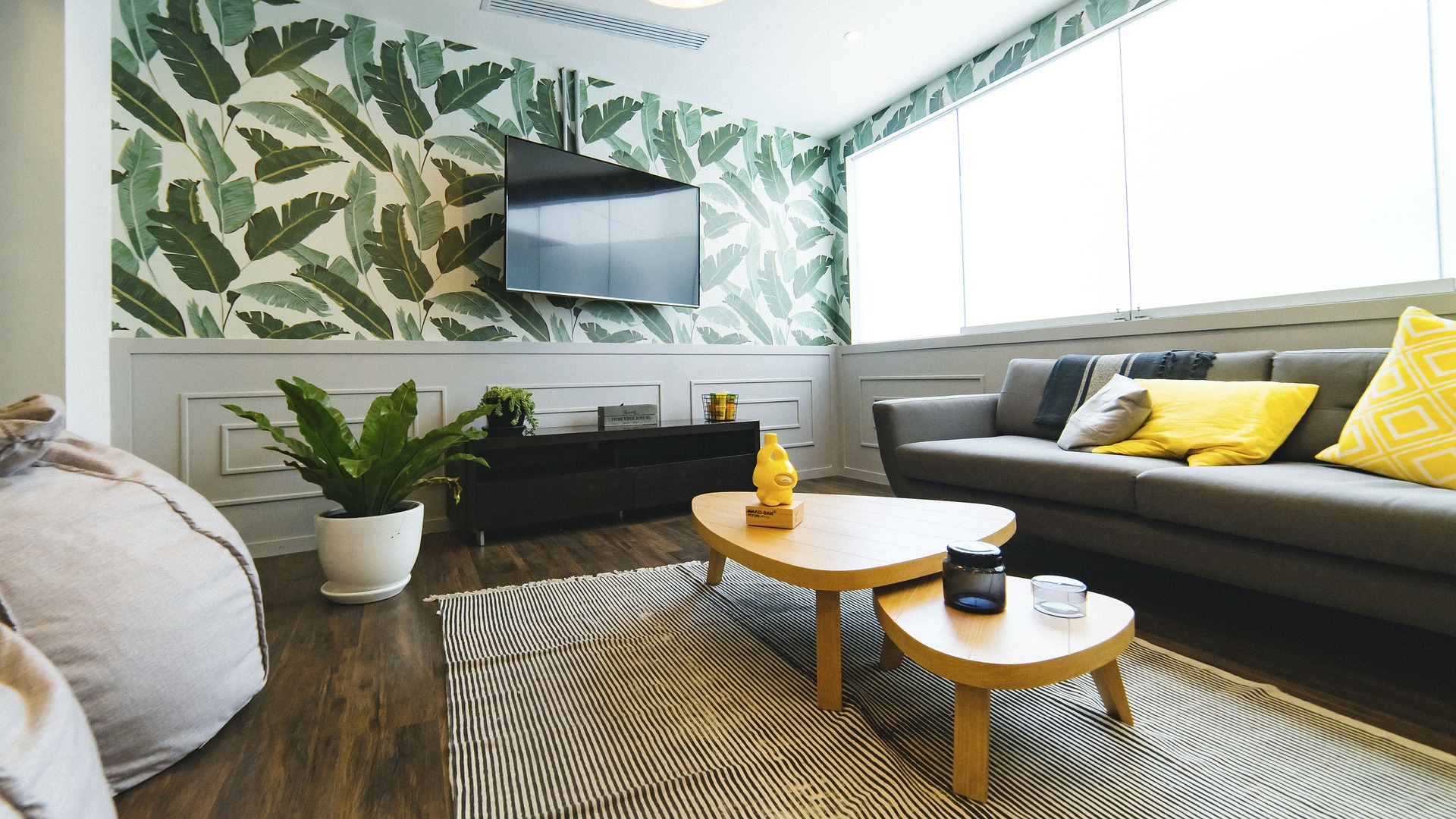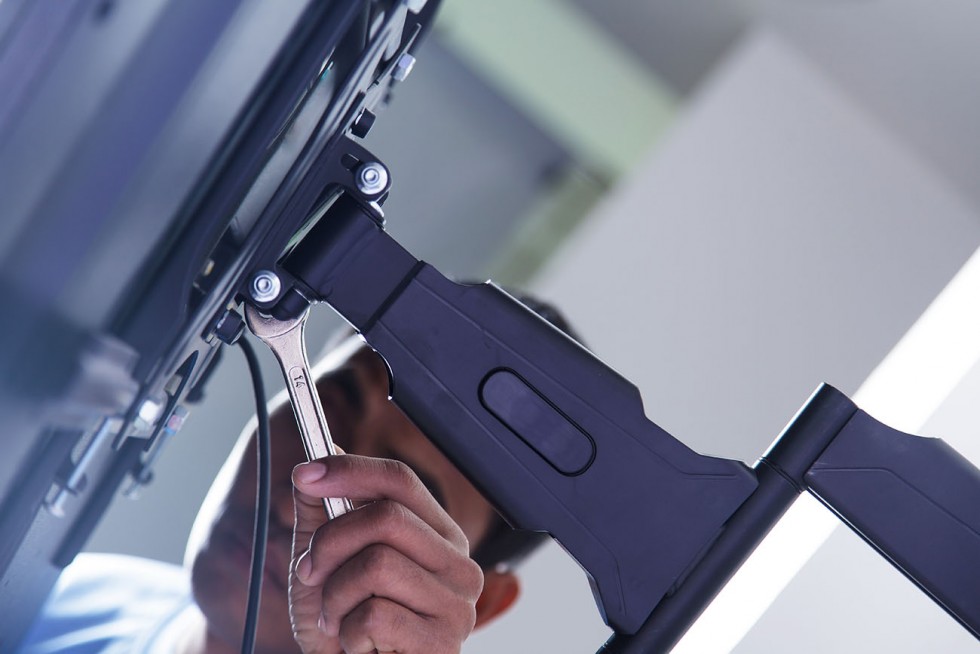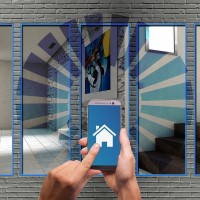Paying someone to install a flat panel television can range anywhere from $150 to $350. Not including the cost of the mount itself. So installing it yourself can save you a lot of money. In this article, we will discuss five tips for TV installation. If you’re able to just screw some screws and do some measurements you shouldn’t have a problem installing the TV yourself.
We will discuss the different mounts to use and the importance of location or where you want your television positioned, and how to install it. With all the models and makes of wall mounts, it can get confusing. Just keep in mind that all the wall mounts are just three basic styles and variations. Giving you the ability to adjust the screen position is how the mounts basically differ. Adjustments are important because it gives you the ability to see the screen clearly without any glare or any other visual impairments.
1. Choose location.
Location is just as important as adjustability because the location of the TV can determine what kind of visual impairments you are getting. For instance, if you position the TV in an area where there’s a lot of light being reflected off the screen obviously that can impair your visual enjoyment of the TV.
Because you can’t very well see what’s playing on the television screen if there is a significant amount of sunlight or light glare being reflected off of the screen. This will obviously hamper your ability to enjoy what you are trying to view. You should also consider positioning the television just high enough and at the right angle so everyone can get a good view of what’s playing on the television.
If the television is not in the right area and angled right, others may get the glare of light reflecting off of the screen as well. If for example, you plan on putting the television outside you have to consider some type of safety enclosure for the television that’s waterproof to ensure the television is not damaged by rain and other elements.
2. Buy TV Mounts.
Full Motion Mounts. $100 to $500 is what you can expect to shell out for full-motion mounts. These mounts allow you to pan and extend the TV distances away from the wall and turn it left or right up or down. They also allow you to tilt and swivel the television.
Tilting Mounts. Tilting mounts allow you the ability to view the television from different angles. For example, you may want to view the television while sitting at the kitchen table one day, and the next day view the television while playing on the floor with your child for example. Tilting mounts are priced anywhere from $50 to $200.
Low Profile Mounts. Low profile mounts are just that, low profile. They’re basically inconspicuous basic mounts that only serve to mount the television with no additional features. With basic mounts you can’t move or swivel the television it just sits in one position and stays put there for viewing. Because basic, low profile mounts, don’t allow for tilting, hanging your television high with these kinds of mounts probably wouldn’t be a good idea. Low profile mounts range anywhere from $25 to $150.
3. Mark and drill holes.
These are the holes you will insert your mounting screws into. After using a level to make sure it’s straight hold the mount up to the wall. Mark the position where you’ll be drilling the holes by using a pencil or a marker. Drill the holes where you place the marks.
Position your mount on the wall and drill the screws into the pilot holes you made in the previous step. Attach the mounting plate to the TV. You may need help for this last step. Positioning the television too high is one of the most common mistakes people make. Most experts advise against mounting it too high and recommend mounting it around eye level while you’re sitting down.
Now just mount the TV to the wall. You’e now ready to enjoy your newly mounted television!






